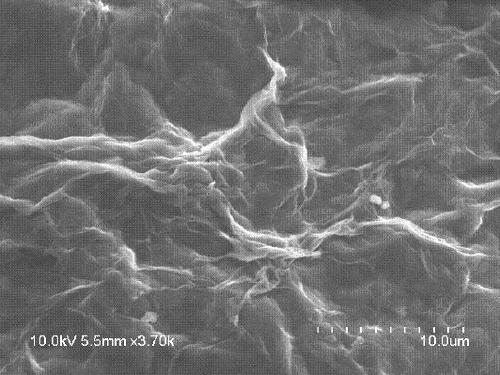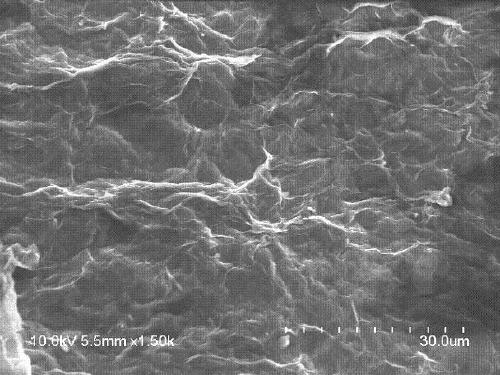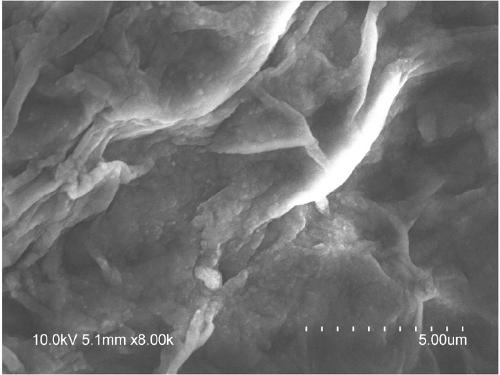Application of microcystin degrading enzyme in degradation of nodularin
A microcystin and degrading enzyme technology, which is applied in the field of water pollution control, can solve the problems of high requirements for reaction environment conditions and the application of restriction enzyme degradation technology, and achieve good degradation effect
- Summary
- Abstract
- Description
- Claims
- Application Information
AI Technical Summary
Problems solved by technology
Method used
Image
Examples
Embodiment 1
[0030] 1. Material preparation
[0031] In this application, the method part of "immobilizing microcystin-degrading enzymes on graphene oxide materials modified by L-cysteine" can refer to the patent application number "201410170050.4" and the invention name "a kind of L -The method provided in the preparation method of cysteine-graphene oxide nanomaterial".
[0032] Specifically, in the present application, the steps of immobilizing the microcystin-degrading enzyme on the graphene oxide material modified by L-cysteine are:
[0033] (1) Add graphene oxide into purified water and stir ultrasonically for 1 hour to obtain a relatively uniform graphene oxide suspension.
[0034] (2) Add 1-(3-dimethylaminopropyl)-3-ethylcarbodiimide hydrochloride and sodium N-hydroxysuccinimide sulfonate to the above graphene oxide suspension to obtain a mixture The carboxyl group on the surface of graphene oxide is activated under stirring conditions, and the activation reaction time is 1h; gr...
PUM
 Login to View More
Login to View More Abstract
Description
Claims
Application Information
 Login to View More
Login to View More - R&D
- Intellectual Property
- Life Sciences
- Materials
- Tech Scout
- Unparalleled Data Quality
- Higher Quality Content
- 60% Fewer Hallucinations
Browse by: Latest US Patents, China's latest patents, Technical Efficacy Thesaurus, Application Domain, Technology Topic, Popular Technical Reports.
© 2025 PatSnap. All rights reserved.Legal|Privacy policy|Modern Slavery Act Transparency Statement|Sitemap|About US| Contact US: help@patsnap.com



